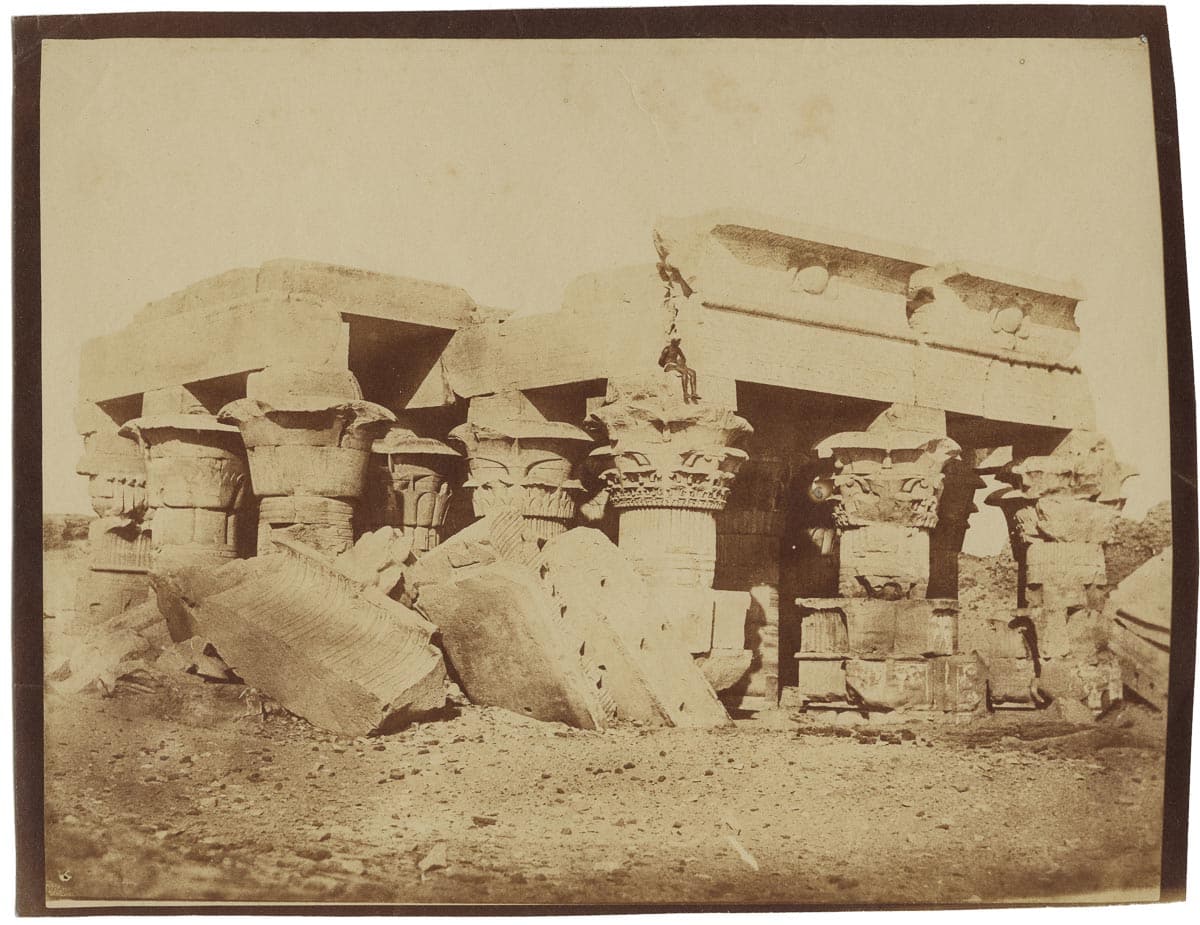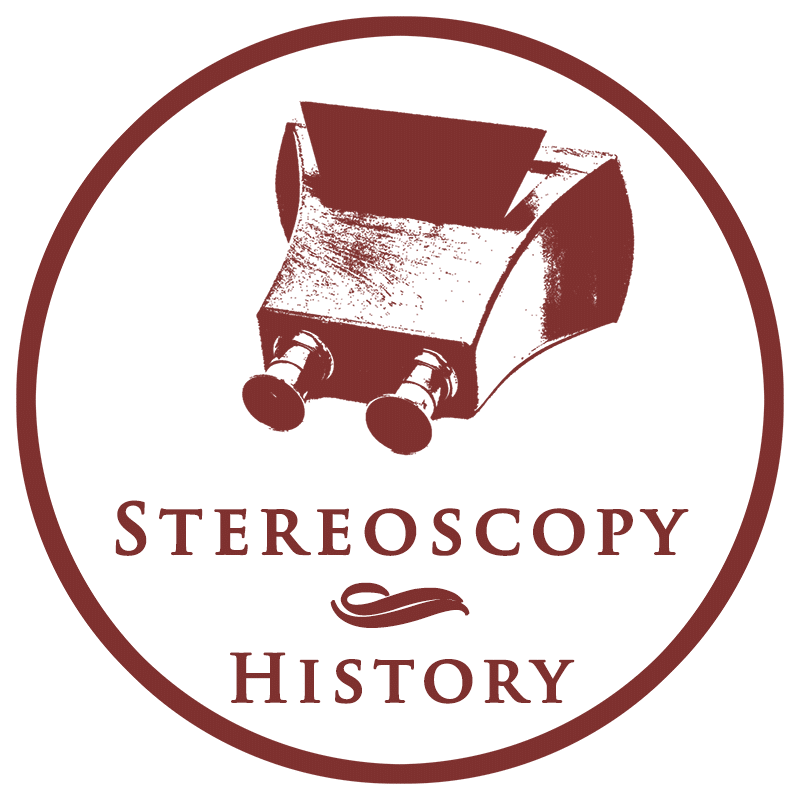
17 x 22 cm albumenised salted paper print
Not long after the introduction of daguerreotype, the first photographers travelled to Egypt to photograph the ancient monuments. Until c. 1850, mainly French photographers made photographs in Egypt. Daguerreotypes could only be depicted in books or newspapers if they were reproduced through engraving or other reproduction techniques. With the calotype process, it was possible to create a paper negative with the camera, which could be used to make a positive print on paper. The prints could be published in a book.
Maxime Du Camp (1822–1894) left for Egypt in 1849 to photograph the ancient monuments. He was accompanied by his friend, the novelist Gustave Flaubert (1821–1880), who would become known for his novel Madame Bovary. Du Camp used the wet waxed paper negative process, a variant of calotype. After his return, his photographs were printed by Louis-Désiré Blanquart-Évrard (1802–1872) on salted paper and published in 1852 in the album Egypt, Nubie, Palestine et Syrie. The album contained 125 photos and is considered the first travel album of its kind.
The photograph Ruines du Temple de Koum-Ombou was made on 20 April 1850 of the Kom Ombo temple near Aswan. The print is not developed by Blanquart-Évrard, but is an albumenised salted paper print from the wet waxed paper process.
Further read
- Maxime Du Camp. Via: en.wikipedia.org
